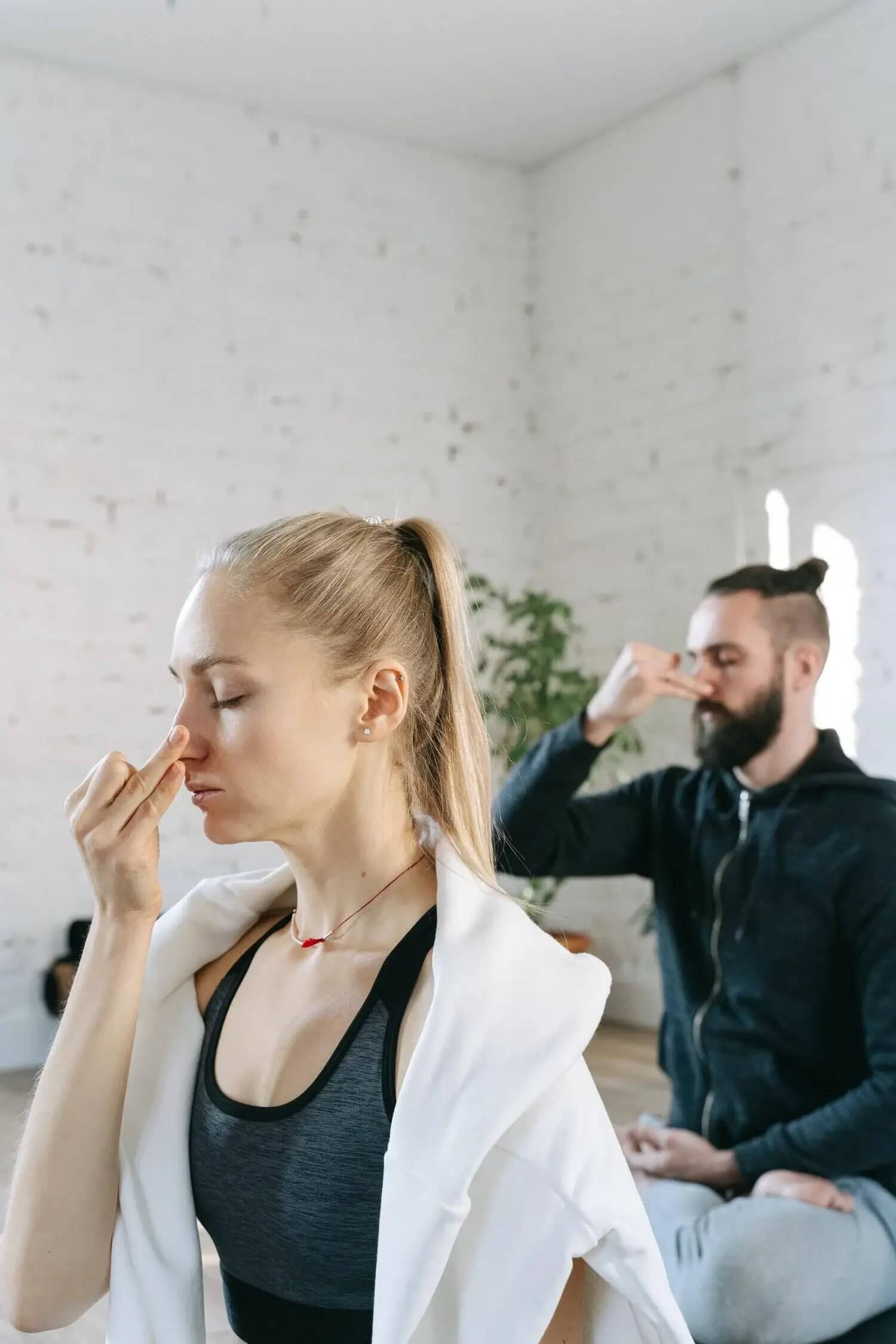Breathing in fresh, oxygen-rich air is essential for maintaining optimal wellness. However, many homes can be plagued by poor air quality, leading to a range of respiratory issues and other health concerns.
All of your cells get oxygen from your blood. Red blood cells link with oxygen and transport it through your circulation as you breathe and take in new oxygen into your lungs. On a cellular level, oxygen helps replace worn-out cells, provides energy, and maintains your immune system, among other things. That is why it is critical to ensure that your blood oxygen level is neither too high nor too low.
You can naturally boost your blood oxygen level or consult your doctor about several techniques for maintaining or increasing your blood oxygen level. In this article, we will explore a variety of tips and techniques for increasing oxygen levels in your home, helping you to breathe easier.
How is Blood Oxygen Level Measured?
A pulse oximeter is used to monitor blood oxygen, commonly known as oxygen saturation. It's a small gadget that attaches to your finger (or another area of your body) and measures the proportion of red blood cells that transport oxygen to those that don't.
Checking or monitoring blood oxygen levels is painless and non-invasive. Using a pulse oximeter to assess your blood oxygen level has no recognized hazards or problems. You can also check your oxygen level at home. Wonder how? Read on to find out!

What Should Your Oxygen Level Be?
Pulse oximeters measure your blood oxygen level by shining light through capillary veins at the surface of your skin. It is measured as a percentage, commonly known as SpO2.
A typical blood oxygen level may vary between 95 and 100%. This figure is often lower in patients with lung illnesses or other particular health conditions. Blood oxygen levels less than 90% are considered low. This is known as hypoxemia, and it may indicate the need for medical intervention.
What Are The Signs Of Low Oxygen in blood?
Symptoms of low oxygen levels in the blood, also known as hypoxemia, can include;
- Shortness of breath,
- Rapid breathing,
- Chest pain,
- Dizziness,
- Rapid or irregular heartbeat
Other signs may include a bluish tint to the skin, lips, and nails, confusion, and fatigue. If left untreated, hypoxemia can lead to more serious health problems, such as organ damage. It is important to seek medical attention if you experience any of these symptoms, as low oxygen levels in the blood can be a sign of a serious underlying condition.
How to raise oxygen levels at home?
If you're looking to increase the oxygen levels in your home, there are a few simple steps you can take to improve the air quality and breathe easier. These are;
Prone position
The prone position is the ideal posture for increasing your body's oxygen level. It is scientifically proven and endorsed by the majority of physicians as well as the Indian Health Ministry. In this useful exercise, you must lie on your stomach with your chest lifted, utilizing cushions for support. You may sleep on your stomach or belly with one cushion behind your neck and two pillows beneath your shins.
You may also practice quick breathing exercises by lying on your right or left side or sitting at a 90-degree angle in the "fowler" posture. When your SpO2 level drops, we suggest staying in the prone position for at least two to three hours. This will enhance airflow in your lungs, resulting in an increase in oxygen saturation.

Breathing exercise
Your breathing pattern may have a significant impact on the oxygen saturation level in your blood. You may significantly increase the SpO2 level in your blood by modifying your breathing pattern.
Therefore, the proper breathing technique is inhaling slowly and deeply, utilizing your diaphragm rather than your chest. This will enable you to inhale as much air as possible, allowing your body to get more oxygen. It is also preferable to breathe through your nose rather than your mouth.
Aerobic workouts
Aerobic workouts not only function as an accelerator for your body's metabolic activities, but they also aid in the relief of breathing issues and the improvement of blood oxygen saturation. They assist our cells in better obtaining and using available oxygen, thus raising your body's SpO2 level. They also improve your endurance and immunity.
Don't worry if you're becoming tired. Take breaks and complete your workouts for five to six minutes at a time. Sprinting and interval training are the most often advised strategies for increasing oxygen levels.
Drink more water
Another key way to boost your blood's oxygen saturation is to stay hydrated. Drinking enough water keeps your lungs adequately hydrated, which boosts their capacity to oxygenate and expel carbon dioxide. As a result, your body's oxygen saturation level improves.
Additionally, consuming a gallon of water may increase your blood's oxygen saturation by up to 5%. Drinking enough of water also aids in body temperature regulation and immune system enhancement.
Are you curious about whether you’re drinking enough water? Vivoo can help! With Vivoo, you can regularly check not only your water levels but also ketone, magnesium, calcium among many others! Just urinate on the strip and scan it with the app, and you will get your results in just 90 seconds.That’s not all! After taking your test, the Vivoo App will give you personalized nutritional & lifestyle advice on how to improve your scores and your wellness!















